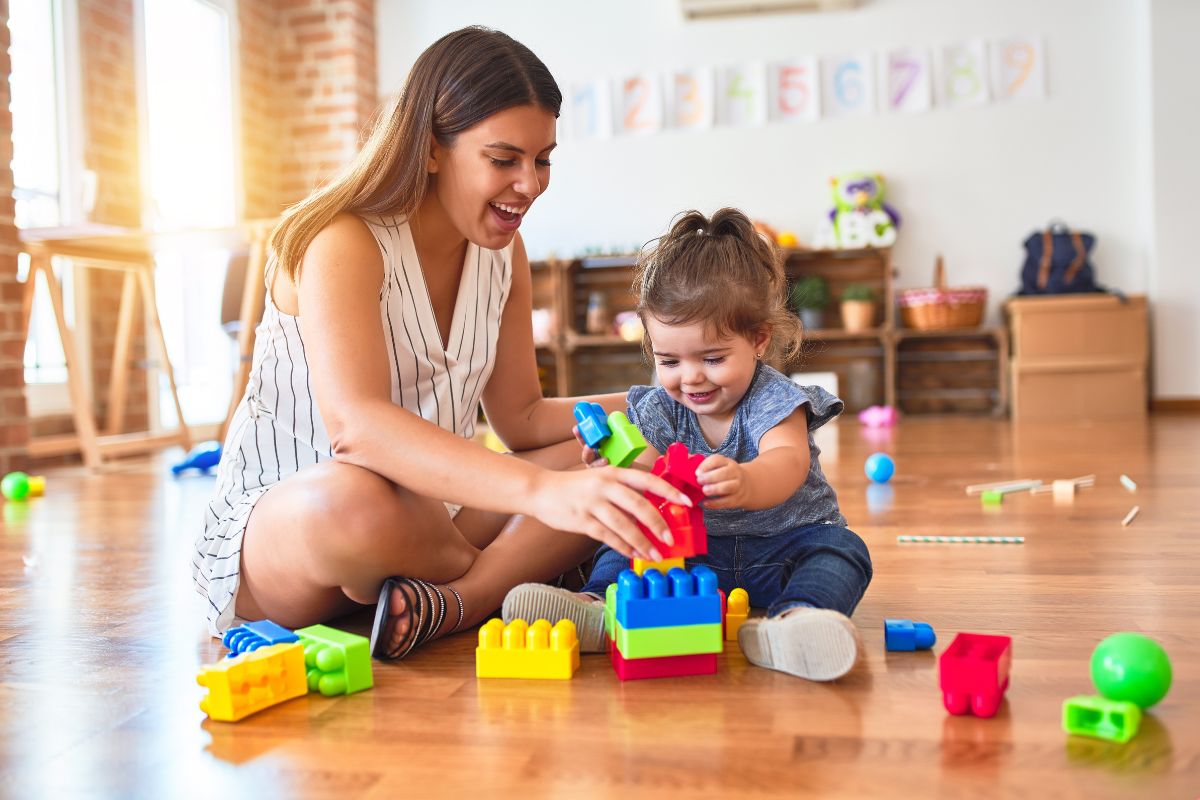Creating a sensory toolkit for children with autism is essential for parents and caregivers who want to help their child navigate sensory challenges effectively. Sensory difficulties can interfere with daily activities, social interactions, and emotional well-being, which is why having practical tools on hand is crucial.
The Role of Sensory Items
Sensory items are essential for improving focus, calming anxiety, and managing sensory overload. These tools are especially useful in high-stress environments like hospitals, where sensory sensitivities may be heightened.
Common items include weighted blankets for deep pressure input, fidget toys for tactile stimulation, and noise-canceling headphones to block out overwhelming sounds. Each of these items helps children with autism manage stimuli in ways that make them feel more secure and grounded.
Research from the Alberta Children’s Hospital Emergency Department (ACH ED) shows that sensory tools significantly improve the experience of children with autism during stressful healthcare visits. The toolkit provided in the hospital was carefully customized to each child’s preferences, showing how personalized sensory care makes a difference.
Constant feedback from caregivers and healthcare providers allowed the hospital to adjust the toolkit, removing items that weren’t useful and enhancing the ones that were. This process emphasizes that sensory toolkits must be dynamic and adaptable to individual needs.
Key Categories for a Sensory Toolkit
When building a sensory toolkit, it’s essential to address a variety of sensory needs. Below are several categories to consider.
Tactile Tools
Tactile sensitivity is one of the most common sensory sensitivities in autism. The following tools can help those who need tactile input to self-regulate:
- Fidget Toys: Fidget spinners, cubes, or other tactile fidget toys are portable and can help individuals focus in various settings.
- Sensory Balls: These balls come in various textures and sizes and can be squished, squeezed, or rolled for sensory input.
- Therapy Putty: Therapy putty is a malleable tool that offers resistance when manipulated, providing deep pressure that can be calming.
- Textured Fabrics and Weighted Blankets: Weighted blankets provide deep pressure that can help calm the nervous system. Additionally, textured fabrics, such as velvet, chenille, or faux fur, can be soothing to the touch.
Visual Tools
Visual sensitivities or cravings for visual input are also common in autism. These tools help individuals either avoid or enjoy visual stimuli as needed.
- Visual Timers: Visual timers help individuals understand time passing, which can reduce anxiety around transitions.
- Light Filters and Sunglasses: These tools help reduce the harshness of fluorescent lighting, which can be overwhelming.
- Kaleidoscopes and Light-Up Toys: These tools provide visual stimulation that can be both calming and engaging for those seeking visual input.
Auditory Tools
For those with auditory sensitivities, loud environments can be challenging. The following items may help:
- Noise-Canceling Headphones: These are essential for blocking out overwhelming sounds in loud environments, making it easier to focus.
- Earplugs: For those who prefer a lighter alternative to headphones, earplugs are discreet and effective in reducing noise.
- White Noise Machines: White noise machines can create a steady background sound, which may be calming and help with focus, especially in environments with unpredictable noises.
Proprioceptive and Vestibular Tools
The proprioceptive system involves body awareness, while the vestibular system relates to balance and movement. Tools that engage these senses can help in achieving calm and stability.
- Weighted Vests or Lap Pads: Similar to weighted blankets, these tools provide deep pressure that can be grounding and calming.
- Therapy Swings: Therapy swings can be installed indoors and provide calming rhythmic movement, which is beneficial for vestibular input.
- Body Sock: A body sock is a stretchy fabric sack that provides full-body resistance, offering proprioceptive input and a sense of containment.
- Exercise Balls: Exercise balls can be used for seated activities, allowing movement that helps maintain focus and calm.
Olfactory Tools
Many individuals with autism are sensitive to smells, and certain scents can have a calming effect. Consider adding the following to a sensory toolkit:
- Essential Oils: Lavender, chamomile, and eucalyptus are calming scents that can be diffused or used in roll-ons.
- Scented Playdough or Putty: These can engage the sense of smell while also providing tactile input.
- Aromatherapy Patches: These adhesive patches release scents slowly over time, providing a steady calming effect.
Oral Motor Tools
Oral motor tools can help with sensory cravings related to chewing and oral input, which is common among individuals with autism.
- Chewy Jewelry: This type of jewelry is safe to chew on, providing sensory input while being discreet.
- Chewing Tubes: These tubes come in various textures and resistances, allowing individuals to find the best fit for their needs.
- Water Bottles with Straws or Bite-Valves: Drinking through a straw or bite valve requires oral motor input that can be soothing and help with focus.
Ultimately, developing a sensory toolkit for autism requires patience, creativity, and a commitment to understanding each child’s unique needs. These toolkits provide families with the tools to manage sensory challenges effectively, fostering independence and promoting well-being. Whether used in healthcare settings, schools, or at home, sensory toolkits create a sense of security and comfort for children with autism.
At Rainbow ABA, we pride ourselves on offering the best ABA therapy in Bloomfield, where our dedicated team tailors our services to meet the individual needs of each child. Contact us today to learn more about how we can support your family and enhance your child’s sensory experiences!
Sources:



